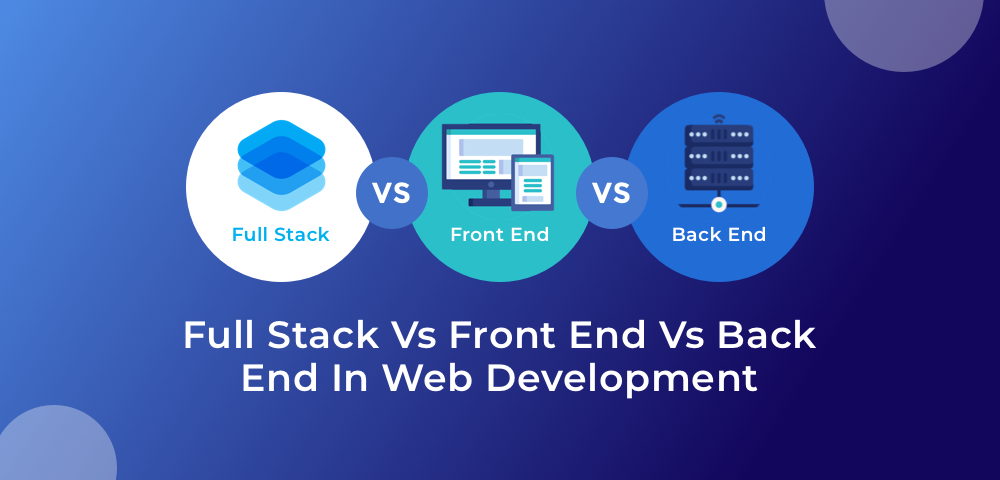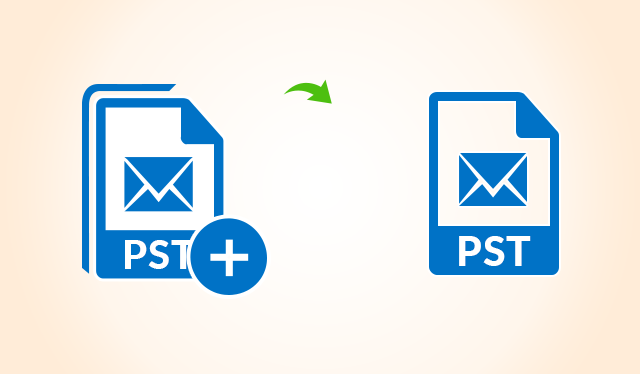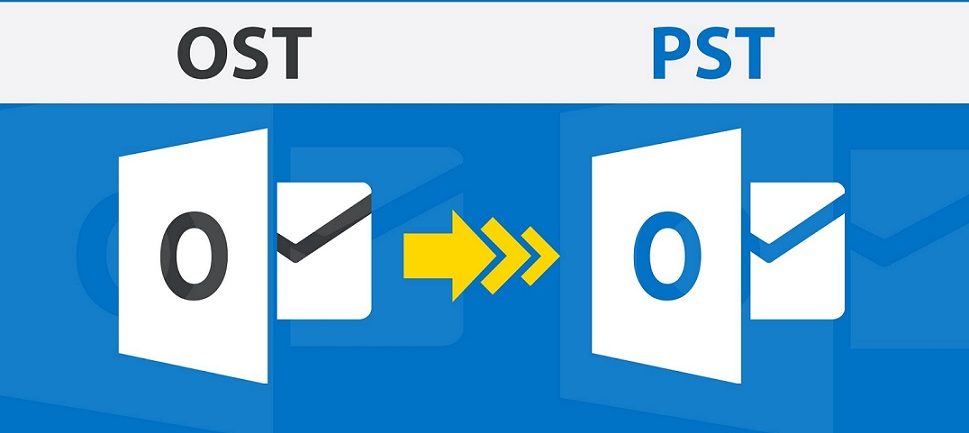Ever wondered how secure your web application really is?
Whether you’re a startup founder or a developer building your next big idea, security is one thing you simply can’t afford to ignore.
Let’s face it!
Developing a web application could be both exciting and daunting!
You’re bringing a digital product to life. You’re thinking about UX, features, scalability… but are you thinking about cyber threats?
If not, this blog is for you.
Today, we’re diving deep into the most common security challenges in web application development—and how to overcome them before they become expensive mistakes.
Why Security Matters More Than Ever?
Let’s get real. A single data breach could:
- Expose your users’ private info
- Damage your brand’s reputation
- Cost your business thousands (or even millions)
- Ruin months of development overnight
In the U.S., the average cost of a data breach in 2024 was over $4.5 million, according to IBM. (Source: IBM).
So yeah—security in web-based application development isn’t just a checkbox. It’s mission-critical.
Let’s dive in!
Read: Buy Real Tattoo Design Styles You’ll Love
What are The Most Common Web App Security Challenges (and Their Fixes)?
Let’s take a look at the most common web app security challenges.
Challenge 1: Cross-Site Scripting (XSS)
Now the question arises- What could be the possible reason behind the threat?
XSS happens when attackers inject malicious scripts into your web pages. These scripts can steal cookies, hijack sessions, or even redirect users to phishing sites.
Real-life example:
Let’s say a user posts a comment with a <script> tag. If your app doesn’t sanitize that input, it could execute in someone else’s browser.
How to fix it?
- Escape all user inputs before rendering in HTML
- Use libraries like DOMPurify
- Implement Content Security Policy (CSP) headers
- Avoid using innerHTML directly
Challenge 2: SQL Injection
If your app directly uses user inputs in SQL queries, attackers can manipulate those inputs to access or destroy your database.
Real-life example:
Login forms without proper sanitization can allow hackers to bypass authentication using ‘ OR ‘1’=’1 in the input fields.
How to fix it?
- Use parameterized queries
- Adopt ORM frameworks (like Sequelize, Hibernate)
- Sanitize and validate all user inputs
Challenge 3: Authentication & Session Management Flaws
Weak logins. Poor session handling. Insecure token storage. All these can lead to unauthorized access.
Real-life example:
Not rotating session tokens after login makes your app vulnerable to session hijacking.
How to fix it:
- Use strong password policies
- Enable multi-factor authentication (MFA)
- Use secure cookies with HttpOnly and Secure flags
- Rotate tokens after login and logout
Challenge 4: Insecure APIs
APIs are often the backbone of custom web application development. But they can also be a major weak point.
Remember that…
If your API doesn’t properly authenticate users or validate data, attackers can exploit it to access private info or perform unintended actions, which can ultimately impact your business’s productivity in the long run—especially as more companies hire remote employees and rely heavily on secure digital infrastructure.
How to fix it?
- Use OAuth 2.0 or token-based authentication
- Implement rate limiting and API throttling
- Always validate both request headers and body data
- Never expose sensitive data in API responses
Challenge 5: Broken Access Control
This happens when users can access resources or actions they shouldn’t. Think: regular users accessing admin panels.
How to fix it:
- Apply role-based access control (RBAC)
- Check permissions server-side, not just client-side
- Perform access checks at every critical endpoint
Challenge 6: Lack of HTTPS
Still using HTTP in 2025? That’s like leaving your house with the doors wide open.
What’s the threat?
HTTP traffic can be intercepted easily, exposing sensitive data during transit.
How to fix it?
- Use SSL/TLS certificates from trusted providers (e.g., Let’s Encrypt)
- Redirect all traffic from HTTP to HTTPS
- Regularly check your SSL configurations with tools like SSL Labs
What are the Best Practices to Secure Web Applications from Day One?
Security should never be an afterthought. If you’re building web application features today, consider these best practices from the start.
1. Start with Threat Modelling
Ask:
- What data are we handling?
- Who is your target audience?
Make sure you leverage tools like OWASP Threat Dragon can help map it all out.
2. Secure Code Reviews
Always have a second (or third) pair of eyes reviewing code, especially around:
- Input handling
- Authentication
- Database queries
3. Automate Security Testing
Use tools like:
- OWASP ZAP
- Burp Suite
- SonarQube
These help catch vulnerabilities before deployment.
4. Keep Dependencies Updated
Many web app development frameworks rely on open-source packages. These can have known vulnerabilities.
Use tools like:
- npm audit (for Node.js)
- Snyk
- Dependabot (for GitHub projects)
5. Regular Penetration Testing
Hire ethical hackers to test your app.
Yes—it costs money.
But it’s nothing compared to the cost of a real breach.
4. Bonus: Secure Web Hosting and DevOps Tips
Security doesn’t stop at code.
If you’re wondering how to build web application systems that are secure end-to-end, consider this:
Harden Your Servers
- Disable unnecessary ports
- Keep OS updated
- Limit SSH access
- Use firewalls
Monitor Logs and Traffic
Tools like Splunk, Datadog, and ELK Stack help you monitor:
- Login attempts
- Suspicious traffic
- API usage patterns
Use Environment Variables for Secrets
Never hardcode API keys or database credentials.
Use .env files and secure secret management tools like AWS Secrets Manager or HashiCorp Vault.
Real Talk: Why a Secure App Means a Better Business?
A secure app:
- Builds user trust
- Attracts bigger clients
- Avoids lawsuits and compliance fines
- It is easier to maintain and scale
Security isn’t a one-time task!
It’s a mindset, especially when you’re learning how to create web application platforms that will grow with your business.
Final Thoughts
So, there you have it! To wrap it up, what is web application development without strong security? When you’re developing a web application, every decision matters. From choosing the right tech stack to deciding how to store passwords, it all plays into the bigger picture. If you’re serious about custom web application development, make security a first-class citizen. Because your users deserve more than just a cool interface—they deserve peace of mind.
Author’s Bio:
My name is Ammy, and I’m a seasoned writer with over 10 years of experience in the mobile app, software, and custom web application development industry. I’m reaching out to explore the opportunity of contributing a guest post to your blog.










